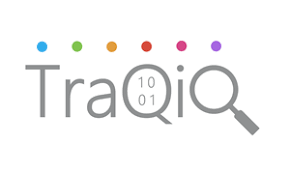In recent years, agencies across the federal government have embraced cloud computing architectures and solutions to provide services to constituents and reduce the need for large-scale, traditional IT infrastructure investments.
Governments are in the midst of a historic transformation as they move towards a Cloud based infrastructure. Digital technologies are disrupting the public sector. While most governments are at very different stages in their journey of digital transformation, most lag behind the private sector. In general, their readiness to respond to digital trends is considered low.
Cost and budget pressures and citizen demands are far and away the two primary drivers of digital transformation. Local, state and federal governments are using technology to improve their citizens’ lives. From automation, to using the IoT to make cities smarter, these entities have discovered how to use tech to improve workplace efficiency and improve the lives of citizens. Data collection and analytics continue to improve various facets of government, with officials acknowledging the necessity of establishing concrete rules for how data will be used.
Most of the current government budgets are meant for ongoing operations. A very small component is focused on innovation. Automation is the solution to freeing up more of the budget. The government agencies have to use technology solutions from Customer centric dashboards to AI/ML models to create more customer centric experiences.
Cybersecurity attacks are a form of 21st-century warfare which is why governments are working around the clock to protect citizen data and infrastructure. With citizen’s increased virtual presence and the large amount of highly sensitive information now stored online, all sectors continue to make improvements to cyber security and protection. Understanding that a risk-based approach is best to aid in governments’ informed decision-making, technology is now being used not only for defense but detection..
With the abundance of sensors around us – in cars, trash cans, buildings and devices, data and information are automatically collected and distributed. IoT based smart meters connect with utility companies to save energy and road sensors that track and manage traffic patterns. In addition to these infrastructure projects, IoT is also at work behind the scenes of service efforts like public transportation, public safety, and sustainability.
TraQiQ can help develop and deploy a comprehensive Digital Transformation strategy. This would involve building a complete migration plan, defining the cloud infrastructure, and seamlessly integrating with a diverse platform of external services.



